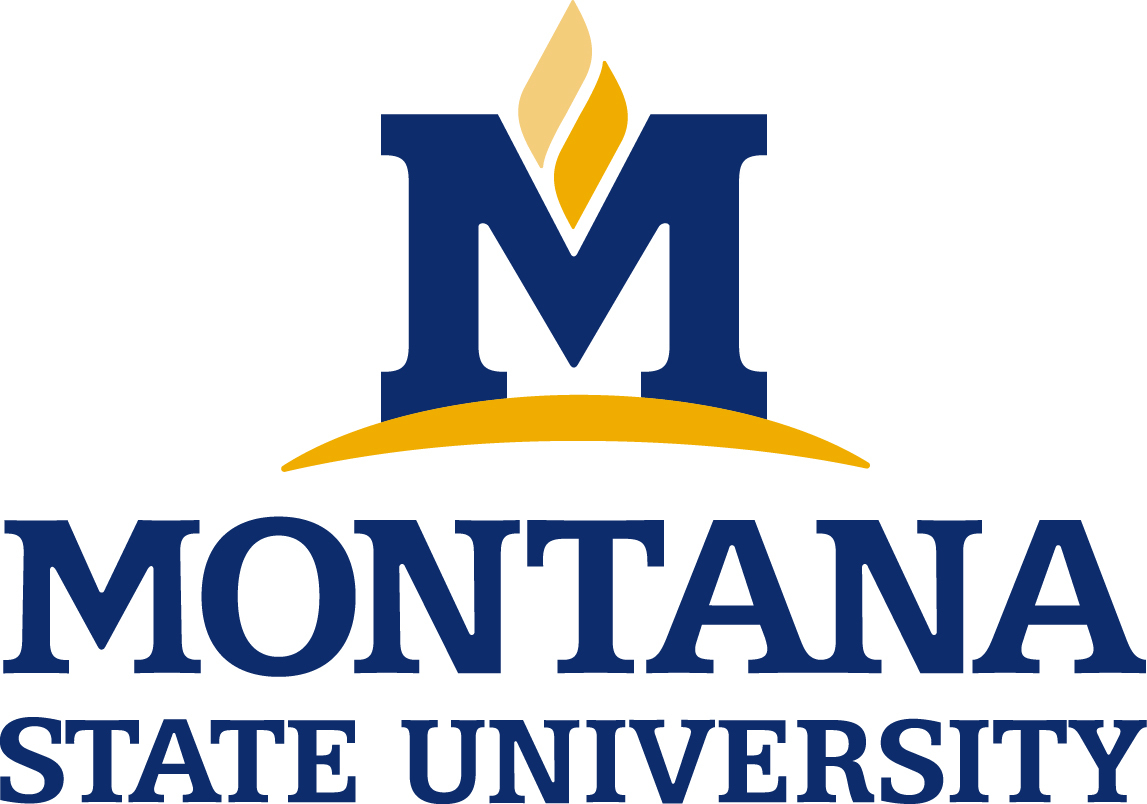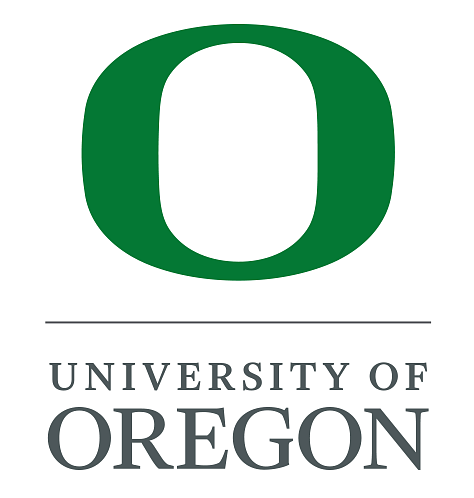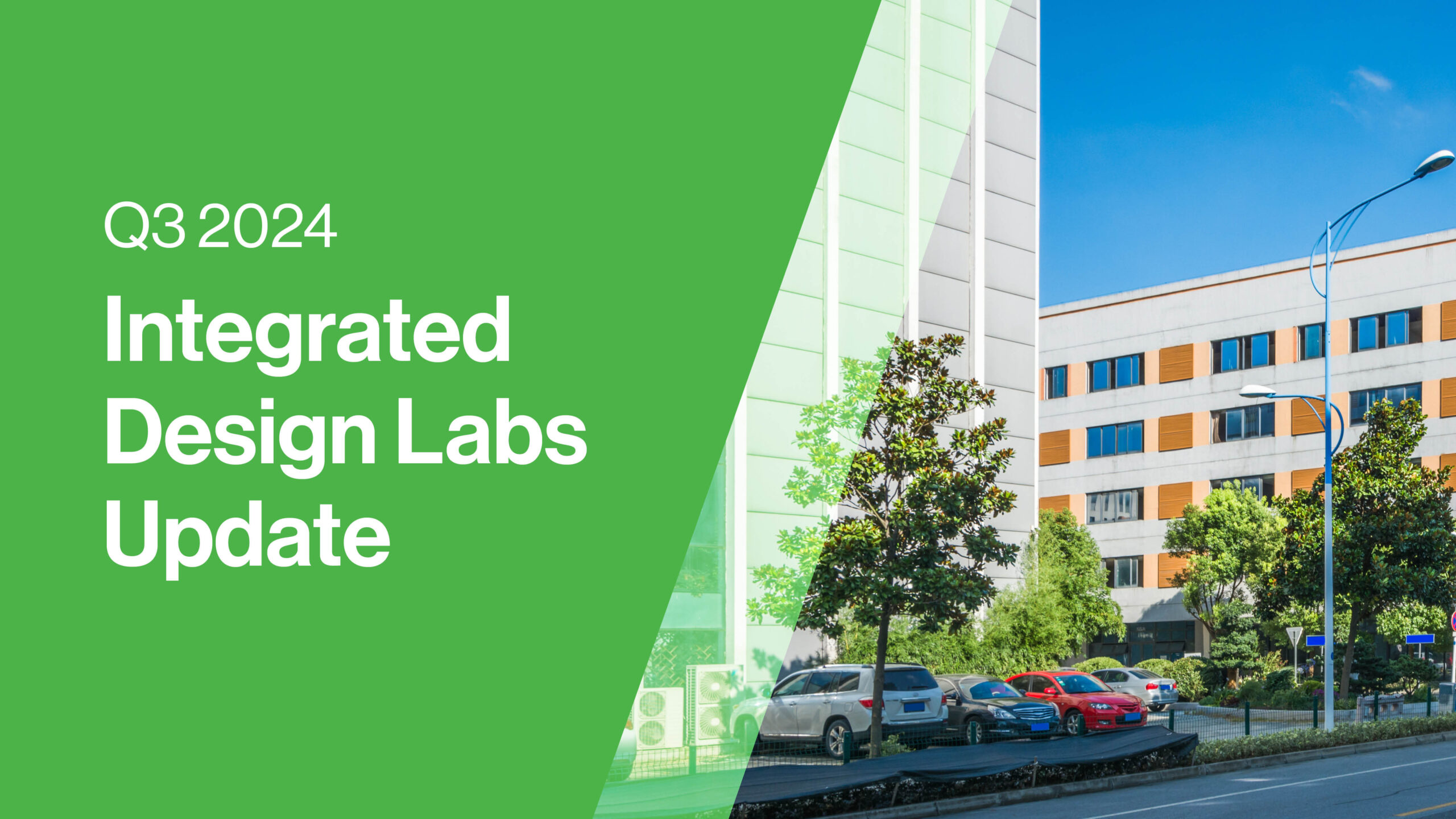Welcome to the Q3 2024 Integrated Design Lab Newsletter.
Each quarter, we’ll deliver updates and highlights of the transformative work accomplished by our Integrated Design Lab (IDL) network partners.

University of Idaho IDL
- The UI IDL began a collaboration with the Idaho Air National Guard to develop a set of design standards to enhance the resiliency of bases in Idaho. The lab is identifying goals from other building energy standards that exceed the current federal requirement, including ENERGY STAR®, WELL, LIV, and PHIUS, to develop a design matrix of goals specific to Idaho installations.
- The lab is in discussions with the Idaho Energy Code Collaborative, which makes its recommendation to the legislature each year on whether or not to adopt new building codes. Topics include code flexibility and concerns regarding the safety of lithium-ion battery charging. In addition to hosting energy code training sessions, the lab is conducting research on the economic impacts of potential code adoption.
- The lab is working with UI’s Center for Resilient Communities on landscaping options to reduce water consumption without adversely impacting aesthetics and occupant well-being.
Montana State University IDL

- The MSU IDL conducted daylighting analysis for five college buildings across Montana.
- The lab organized a student-led workshop, Introduction to ClimateStudio Daylighting Analysis, for architects in Bozeman.
- The lab is collaborating with AIA Montana to introduce the Energy in Design Award as a new category at the AIA Montana Design Awards.

University of Oregon IHBE/Baker Lab
- The UO IDL provided technical support and guidance for the AIA Oregon Climate Impact Calculator that will be used to collect energy data from architecture firms competing for the BetterBricks 2030 Award. The award, which recognizes projects with exceptional energy performance, will be presented at the 2024 AIA Oregon Architecture Awards on November 14, 2024, in Portland, Oregon.
- The lab is working with Oregon Health Authority (OHA) to develop a Ventilation System Assessment and Improvement (VSAI) Toolkit to reduce the risk of respiratory disease transmission in buildings. The Toolkit will 1) give building users and operators an overview of how most HVAC systems function in residential settings, and 2) provide practical and actionable strategies to improve their operation.
- As part of the development of the VSAI Toolkit, UO researchers accompanied OHA infection prevention staff to collect feedback, air samples, and environmental data. Initial findings include:
- CO2 and RH levels were not significantly associated with SARS-COV-2 presence. However, qPCR results from sites with confirmed Covid cases indicated that viral particles were present outside the rooms of infected residents. Furthermore, several sites without confirmed cases demonstrated that viral particles were present, potentially indicating the presence of asymptomatic disease in these facilities.
- The Toolkit received an ease-of-use score of 7.4 out of 10 from facilities managers and administrators (1 being not useful and 10 being extremely useful).
- The lab received a research grant from the TallWood Design Institute to explore perceptions of mass timber finishes under different lighting conditions. The goal is to balance aesthetics, daylight performance, and microbial properties to potentially identify an ideal ratio of exposed-to-treated wood. The results may inform architects and developers about mass timber’s economic, human, and ecological advantages, promoting its use in construction.
- The project’s goal is to gather more evidence on the perceptual benefits of exposed wood surfaces to balance positive biophilic associations and physical performance with the reduction in surface reflectance and brightness levels within a space. This project will evaluate these perceptual aspects through a controlled experiment in virtual reality, gathering perceptions of brightness, color, cleanliness, comfort, behavior, and preference for a range of surface finishes associated with mass timber assemblies under daylight and electric-lighting conditions.
- In addition to daylight performance, the choice of color temperature for an electric lamp source can have a substantial effect on the appearance of light distribution in a space, while wood warmth can mediate cooler color temperatures associated with more energy-efficient LEDs. This can help lower energy costs and offer additional benefits when compared to more neutral and reflective finishes like white-painted gypsum. The images below depict simplified renderings of a space illuminated by daylight and 5,000K luminaire on a) white-painted walls and ceiling, b) white-painted walls and exposed-wood ceiling, and c) exposed-wood ceiling and interior walls.

- The AIA COTE Top Ten for Students Competition recognized lab student Sofia Gonzales’ WAVE: Widely Accessible Vocational Education as one of 10 outstanding student projects that meaningfully address the impacts of climate change.

University of Washington IDL
- The UW IDL presented snapshots of luminaire level lighting controls (LLLC) and very high efficiency dedicated outside air systems (very high efficiency DOAS) to several prominent architecture design firms, directing attendees to BetterBricks resources for more information.
- The lab interviewed users of the Washington State Energy Code Commercial Webtool to gather information on user perspectives of code-related tools and decision-making processes.
- The lab provided technical support to AIA Seattle for their 2024 Energy in Design Award, including by making substantial updates to the CommonApp and conducting a user training event.
- The lab interviewed experts in the lighting industry to better understand current and future trends in technologies, practices, and implementation of lighting systems. The lab also visited several buildings with installed LLLC lighting systems to better understand operational benefits and lessons learned.
- To help realize energy-efficient buildings, the lab supports design teams with technical guidance for goal setting and strategy selection. For example, the UW IDL partnered with Integrus Architecture on a project at Seattle’s Aki Kurose Middle School that combines exemplary façade performance, advanced lighting controls, and high-efficiency heat recovery/heat pumps to deliver exceptional energy performance. This work includes creating case studies that showcase how designers of ultra-efficient buildings use peak-load analysis as part of an integrated design process that achieves extraordinary levels of energy efficiency while meeting budgetary constraints.
- Co-Director Heather Burpee collaborated with Mazzetti and DIALOG to co-author the Decarbonization of Hospital Buildings Design Guide for ASHRAE and the American Society of Healthcare Engineers (ASHE). She has presented this material across the country, including at ASHE’s Planning Design and Construction (PDC) conference and the Environmental Design Research Association (EDRA) conference.
- For the Pacific Northwest Building Training Assessment Center (PNW BTAC) project, the lab was awarded a grant through the Bipartisan Infrastructure Law and the U.S. DOE. The PNW BTAC aims to fill two market gaps in building performance improvements: 1) a trained workforce, and 2) inclusive access to benchmarking and strategic roadmaps for energy efficiency and decarbonization, especially for disadvantaged communities.
- The lab is working with the UW’s Life Cycle Lab on a four-year project funded by ARPA-E to develop a comprehensive life cycle analysis (LCA) framework and package of tools that can be used in whole-building LCA analysis. The lab’s contribution has been to develop frameworks for projecting operating carbon impacts in buildings using a range of decarbonization and future weather scenarios.

Washington State University ID+CL
- The WSU IDL’s Building HEROes Podcast covered two important approaches to efficiency in building systems in recent episodes. The first episode, VHE DOAS in Washington State, unpacks very high efficiency DOAS as it relates to changes in Washington State Energy Code and indoor environmental qualities. The second episode, Smart Pumps Matter, delves into the world of pumps, the standardization in the fluid mechanics field for efficiency, and workforce development trainings to help future and current professionals upskill in specification and design.
- The lab’s Julia Day is beginning a project to better understand the intersection between neuroscience, health, and interactions with the built environment. This work is in collaboration with WSU’s College of Medicine, Matt’s Place Foundation, Northeastern University, and numerous colleagues in the fields of medicine, environmental science, and materials science.
- Julia Day will co-lead the IEA-EBC Programme’s Human-centric Building Design and Operation for a Changing Climate, with the goal of tackling the nexus between health, energy efficiency, and our built environment in the context of climate change resilience. As part of this effort, Dr. Day will travel to Seville, Spain, to meet with international energy experts, while also presenting the lab’s work at the Comfort at the Extremes (CATE 2024) Conference.
